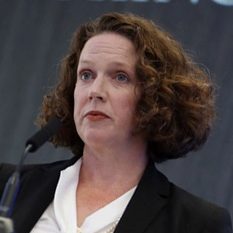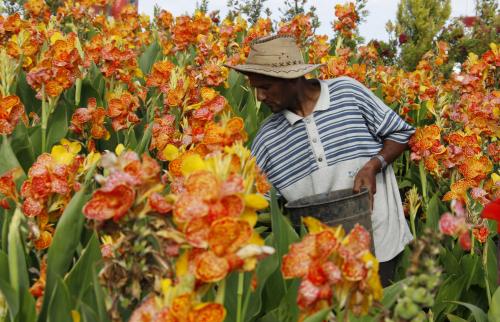OVERVIEW
Iran’s revolutionaries inherited an economy in the throes of massive change and epic growth. In less than one century, Iran had been transformed from a small, predominantly agricultural economy run by a fading tribal dynasty into a modern centralized state with a booming manufacturing sector and a central role in international oil markets. Much of this transformation occurred during the reign of the Pahlavi monarchy, which sought state-led modernization modeled after the policies of Turkey’s Kemal Ataturk.
Since the 1979 revolution, the Iranian economy has been beset by a costly eight-year war, unremitting international pressure and isolation, and ideological conflict. The revolutionaries clashed over what constituted an Islamic economy— and whether growth or social justice should be the top priority. Iran’s reliance on oil revenues put the state at the mercy of energy market fluctuations, with prices below $10 per barrel in 1999 and above $145 per barrel in 2008. The Islamic Republic’s approach to the economy is illustrated by the policies adopted during four distinct periods.
Read the full chapter at iranprimer.usip.org »
Editor’s Note: The above chapter appeared in The Iran Primer, a book published by the United States Institute of Peace.
Learn more about the book and download other chapters »


